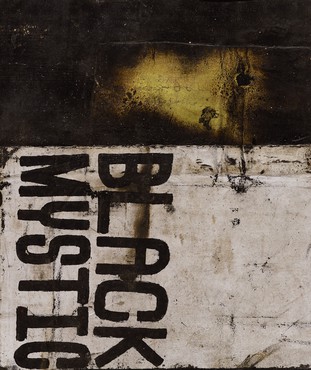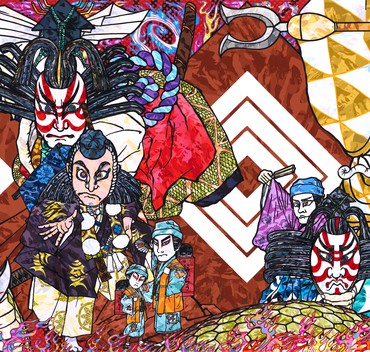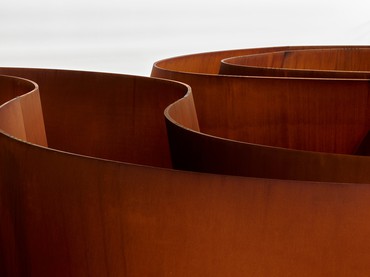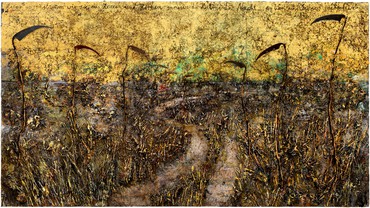
26 avenue de l’Europe
93350 Le Bourget
+33 1 48 16 16 47
paris@gagosian.com
Hours: Tuesday–Saturday 11–6
Share
Directions from Paris
Car
From the Périphérique take highway A1 toward Lille/Roissy Charles-de-Gaulle
Take exit 5 toward Le Blanc-Mesnil/Aéroport Le Bourget
Follow the signs for Aéroport Le Bourget–Musée de l’Air et de l’Espace
Enter the airport and turn right onto l’Esplanade de l’Air et de l’Espace
Pass the Aéroports de Paris building on your right and continue onto avenue de l’Europe until you reach the gallery on your right
Parking is available at the gallery
Bus
– No. 152 (toward ZAC Tulipes Nord) from Porte de la Villette—exit at Musée de l’Air et de l’Espace (10-minute walk to follow)
– No. 350 (toward Roissypôle) from Porte de la Chapelle—exit at Musée de l’Air et de l’Espace (10-minute walk to follow)
RER
RER B—exit at Le Bourget and then take bus no. 152 from Jean Jaurès–Division Leclerc toward ZAC Les Tulipes Nord—exit at Musée de l’Air et de l’Espace (10-minute walk to follow)
—
Itinéraire depuis Paris
Voiture
Depuis le Périphérique, prendre l’autoroute A1 en direction de Lille/Roissy Charles-de-Gaulle
Prendre la sortie 5 vers Le Blanc-Mesnil/Aéroport Le Bourget
Suivre les panneaux Aéroport Le Bourget–Musée de l’Air et de l’Espace
Entrer dans l’aéroport et tourner à droite sur l’Esplanade de l’Air et de l’Espace
Passer devant le bâtiment d’Aéroports de Paris sur votre droite et continuer sur l’avenue de l’Europe jusqu’à la galerie, qui sera sur votre droite.
Un parking est disponible à la galerie
Bus
– N° 152 (direction ZAC Tulipes Nord) depuis la Porte de la Villette—sortir à Musée de l’Air et de l’Espace (10 minutes à pied jusqu’à la galerie)
– N° 350 (direction Roissypôle) depuis la Porte de la Chapelle—sortir à Musée de l’Air et de l’Espace (10 minutes à pied jusqu’à la galerie)
RER
RER B—sortie Le Bourget, puis prendre le bus n° 152 de Jean Jaurès–Division en direction de ZAC Les Tulipes Nord, descendre à Musée de l’Air et de l’Espace (10 minutes à pied jusqu’à la galerie)

Francesca Woodman
Ahead of the first exhibition of Francesca Woodman’s photographs at Gagosian, director Putri Tan speaks with historian and curator Corey Keller about new insights into the artist’s work. The two unravel themes of the body, space, architecture, and ambiguity.
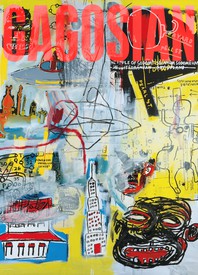
Now available
Gagosian Quarterly Spring 2024
The Spring 2024 issue of Gagosian Quarterly is now available with a fresh cover design featuring Jean-Michel Basquiat’s Lead Plate with Hole (1984).
Simon Hantaï: Azzurro
Join curator Anne Baldassari as she discusses the exhibition Simon Hantaï:Azzurro, Gagosian, Rome, and the significance of blue in the artist’s practice. The show forms part of a triptych with Gagosian’s two previous Hantaï exhibitions, LES NOIRS DU BLANC, LES BLANCS DU NOIR at Le Bourget in 2019–20, and Les blancs de la couleur, la couleur du blanc in New York, in 2022.

Sofia Coppola: Archive
MACK recently published Sofia Coppola: Archive 1999–2023, the first publication to chronicle Coppola’s entire body of work in cinema. Comprised of the filmmaker’s personal photographs, developmental materials, drafted and annotated scripts, collages, and unseen behind-the-scenes photography from all of her films, the monograph offers readers an intimate look into the process behind these films.
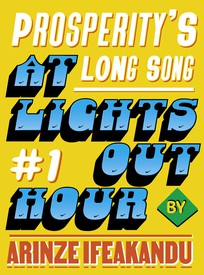
Prosperity’s Long Song #1: At Lights-Out Hour
We present the first installment of a four-part short story by Arinze Ifeakandu. Set at the Marian Boys’ Boarding School in Nigeria, “Prosperity’s Long Song” explores the country’s political upheavals through the lens of ancient mythologies and the mystical power of poetry.

Mount Fuji in Satyajit Ray’s Woodblock Art, Part II
In the first installment of this two-part feature, published in our Winter 2023 edition, novelist and critic Amit Chaudhuri traced the global impacts of woodblock printing. Here, in the second installment, he focuses on the films of Satyajit Ray, demonstrating the enduring influence of the woodblock print on the formal composition of these works.

Adaptability
Adam Dalva looks at recent films born from short stories by the Japanese writer Haruki Murakami and asks, What makes a great adaptation? He considers how the beloved surrealist’s prose particularly lends itself to cinematic interpretation.

Vladimir Kagan’s First Collection: An Interview with Chris Eitel
Chris Eitel, Vladimir Kagan’s protégé and the current director of design and production at Vladimir Kagan Design Group, invited the Quarterly’s Wyatt Allgeier to the brand’s studio in New Jersey, where the two discussed the forthcoming release of the First Collection. The series, now available through holly hunt, reintroduces the first chair and table that Kagan ever designed—part of Eitel’s efforts to honor the furniture avant-gardist’s legacy while carrying the company into the future.

Game Changer: Alexey Brodovitch
Gerry Badger reflects on the persistent influence of the graphic designer and photographer Alexey Brodovitch, the subject of an upcoming exhibition at the Barnes Foundation, Philadelphia.

Outsider Artist
David Frankel considers the life and work of Jeff Perrone, an artist who rejected every standard of success, and reflects on what defines an existence devoted to art.

Goetheanum: Rudolf Steiner and Contemporary Art
Author and artist Ross Simonini reports on a recent trip to the world center of the anthroposophical movement, the Goetheanum in Switzerland, exploring the influence of the movement’s founder and building’s designer Rudolf Steiner on twentieth-century artists.

Duane Hanson: To Shock Ourselves
On the occasion of an exhibition at Fondation Beyeler, novelist Rachel Cusk considers the ethical and aesthetic arrangements that Duane Hanson’s sculpture initiates within the viewer.
